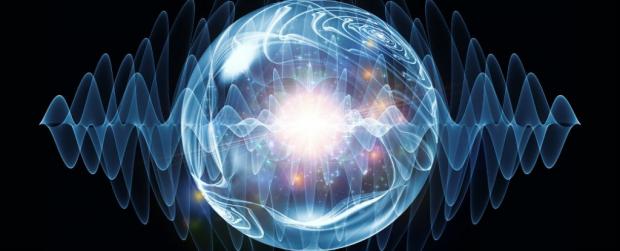
Breaking News
6.5x55 Swedish vs. 6.5 Creedmoor: The New 6.5mm Hotness
Best 7mm PRC Ammo: Hunting and Long-Distance Target Shooting
 Christmas Truce of 1914, World War I - For Sharing, For Peace
Christmas Truce of 1914, World War I - For Sharing, For Peace
Top Tech News
 EngineAI T800: Born to Disrupt! #EngineAI #robotics #newtechnology #newproduct
EngineAI T800: Born to Disrupt! #EngineAI #robotics #newtechnology #newproduct
 This Silicon Anode Breakthrough Could Mark A Turning Point For EV Batteries [Update]
This Silicon Anode Breakthrough Could Mark A Turning Point For EV Batteries [Update]
 Travel gadget promises to dry and iron your clothes – totally hands-free
Travel gadget promises to dry and iron your clothes – totally hands-free
 Perfect Aircrete, Kitchen Ingredients.
Perfect Aircrete, Kitchen Ingredients.
 Futuristic pixel-raising display lets you feel what's onscreen
Futuristic pixel-raising display lets you feel what's onscreen
 Cutting-Edge Facility Generates Pure Water and Hydrogen Fuel from Seawater for Mere Pennies
Cutting-Edge Facility Generates Pure Water and Hydrogen Fuel from Seawater for Mere Pennies
 This tiny dev board is packed with features for ambitious makers
This tiny dev board is packed with features for ambitious makers
 Scientists Discover Gel to Regrow Tooth Enamel
Scientists Discover Gel to Regrow Tooth Enamel
 Vitamin C and Dandelion Root Killing Cancer Cells -- as Former CDC Director Calls for COVID-19...
Vitamin C and Dandelion Root Killing Cancer Cells -- as Former CDC Director Calls for COVID-19...
 Galactic Brain: US firm plans space-based data centers, power grid to challenge China
Galactic Brain: US firm plans space-based data centers, power grid to challenge China
Quantum spookiness exploited for better random numbers

The method uses photons to generate a string of random ones and zeros, and leans on the laws of physics to prove that these strings are truly random, rather than merely posing as random. The researchers say their work could improve digital security and cryptography.
The challenge for existing random number generators is not only creating truly random numbers, but proving that those numbers are random. "It's hard to guarantee that a given classical source is really unpredictable," says Peter Bierhorst, a mathematician at the National Institute of Standards and Technology (NIST), where this research took place. "Our quantum source and protocol is like a fail-safe. We're sure that no one can predict our numbers."
For example, random number algorithms often rely on a source of data which may ultimately prove predictable, such as atmospheric noise. And however complex the algorithm, it's still applying consistent rules. Despite these potential imperfections, these methods are relied on in the day-to-day encryption of data.

 The State's Last Stand
The State's Last Stand


